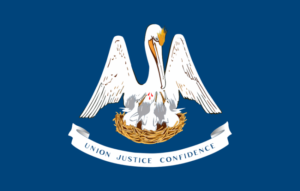Suretyship – Guarantor not joint debtor
Art. 3037. Surety ostensibly bound as a principal with another; effect of knowledge of the creditor. One who ostensibly binds himself as a principal obligor to satisfy the present or future obligations of another is nonetheless considered a surety if the principal cause of the contract with the creditor is to guarantee performance of such obligations. A creditor in whose favor a surety and principal obligor are bound together as principal obligors in solido may presume they are equally concerned in the matter until he clearly knows of their true relationship.
Revision comments-1987. (a) Sureties may sign one or several separate agreements. Some may sign separate contracts of guaranty, while others may endorse notes, sign them as co-makers, or even sign as a maker, when the principal signs as an endorser. Sureties are asked to sign contracts with the principal obligor that identify them as “guarantor”, “sureties in solido”, “co-signers”, “co-makers” etc. This article makes it dear that the form in which the surety’s undertaking is cast is irrelevant, and that the inherent nature of the undertaking determines whether or not the provisions of this Title regulate its provisions.
(b) The second paragraph of this article makes it clear that the creditor will be protected if he deals in good faith with parties who are in fact principal and surety but who contract jointly as principals and fail to disclose their true relationship to him.
